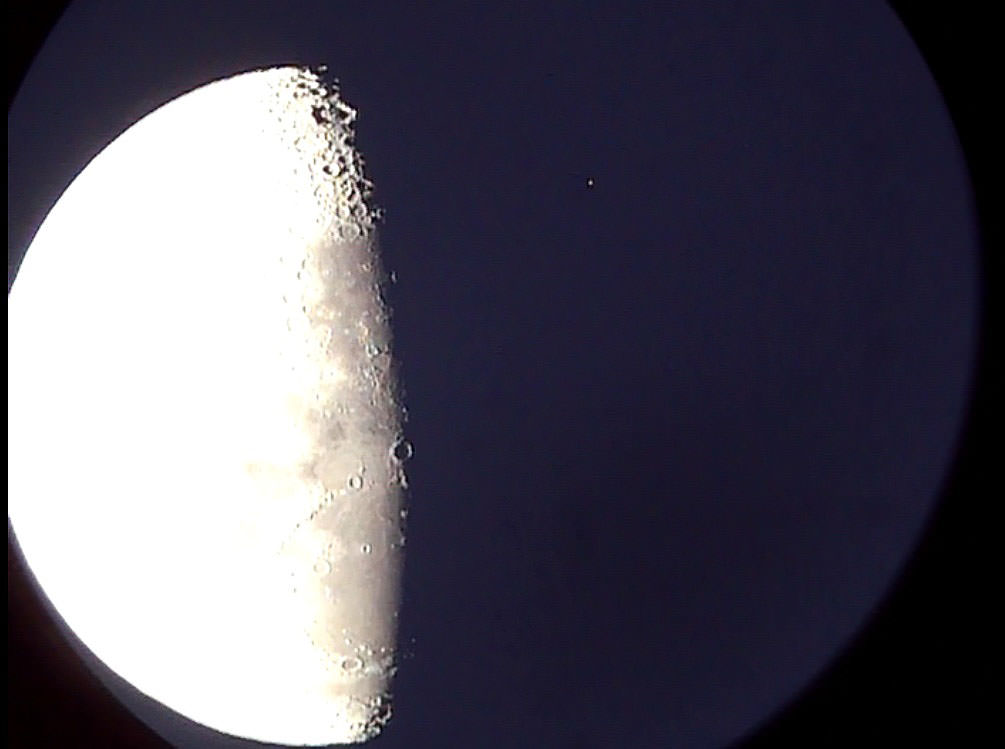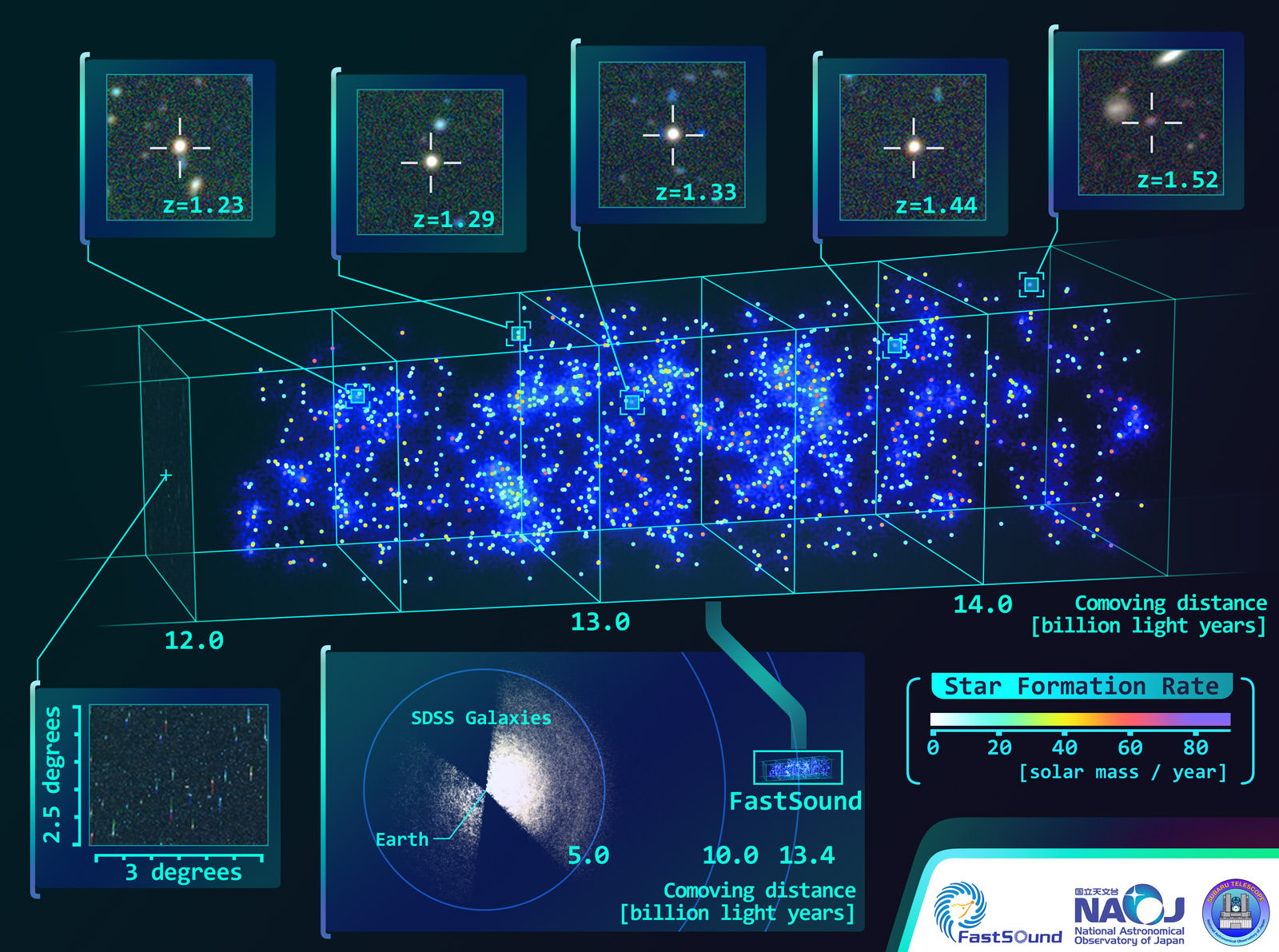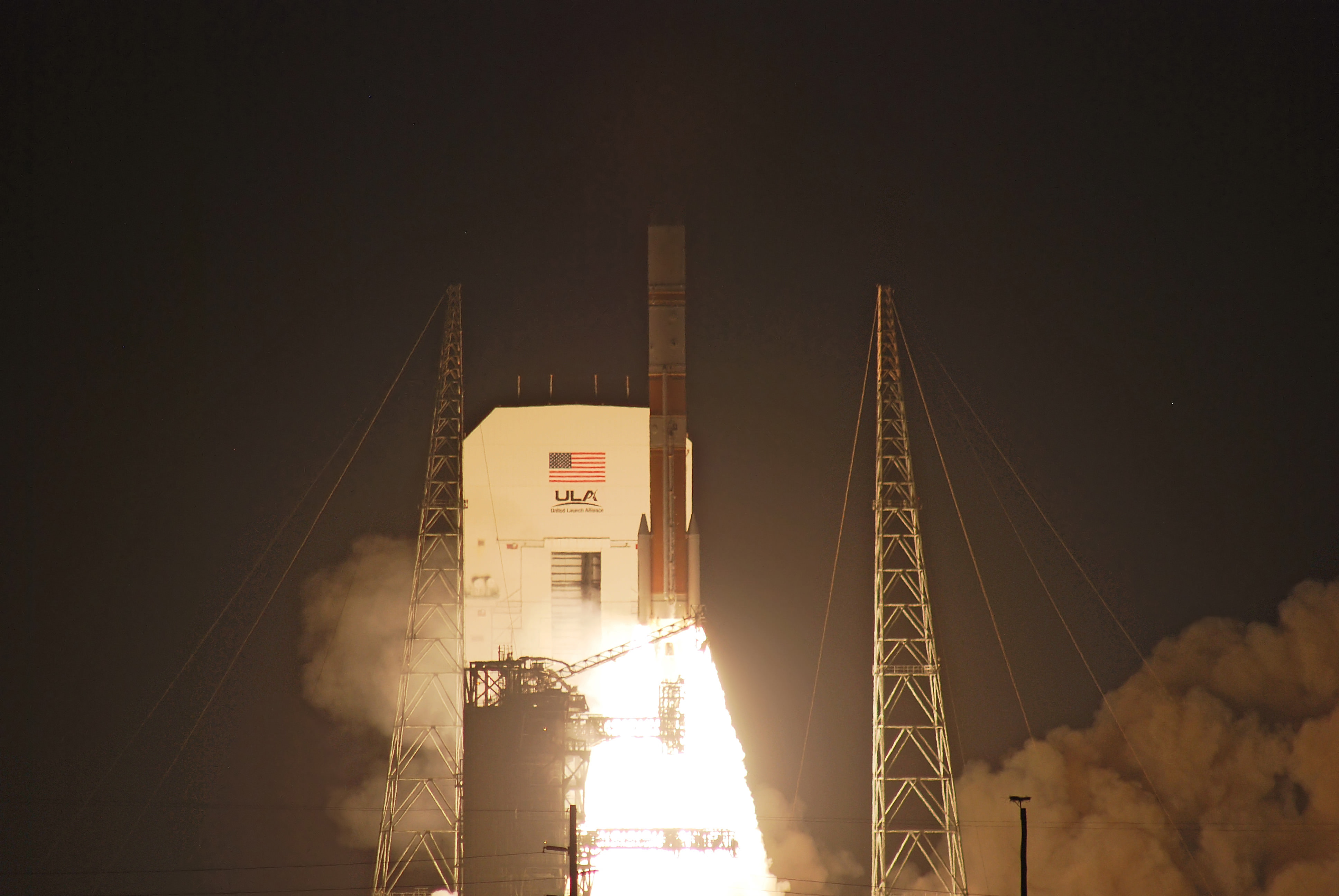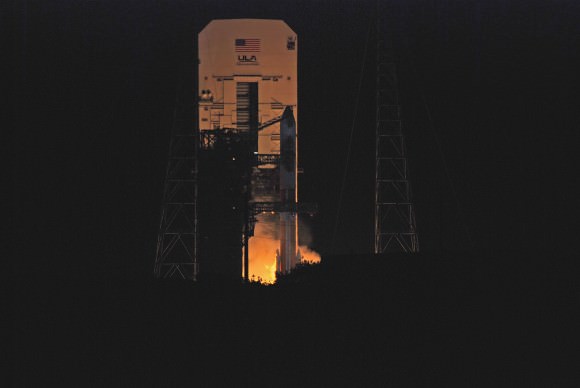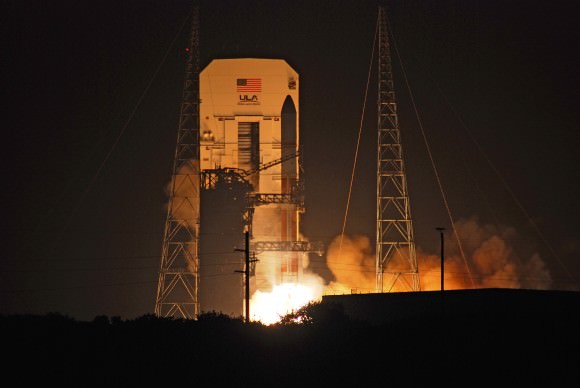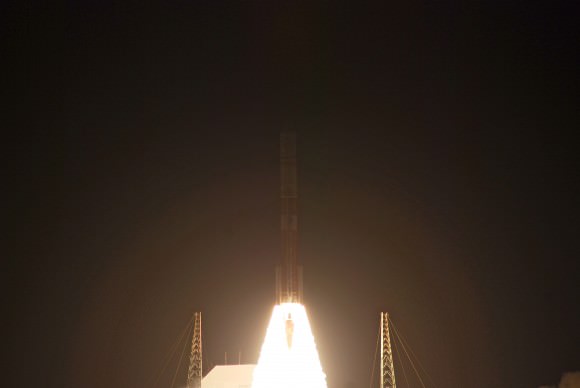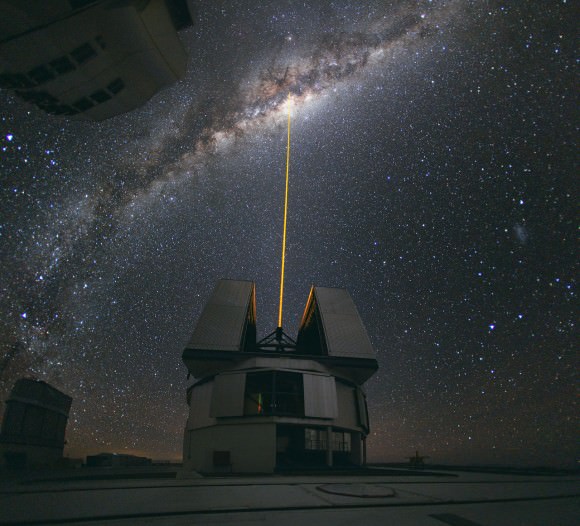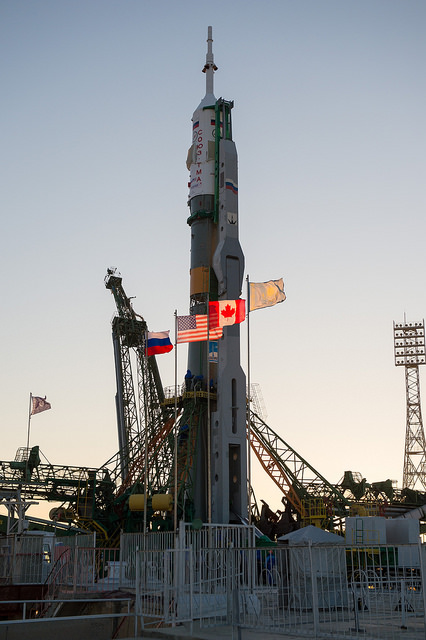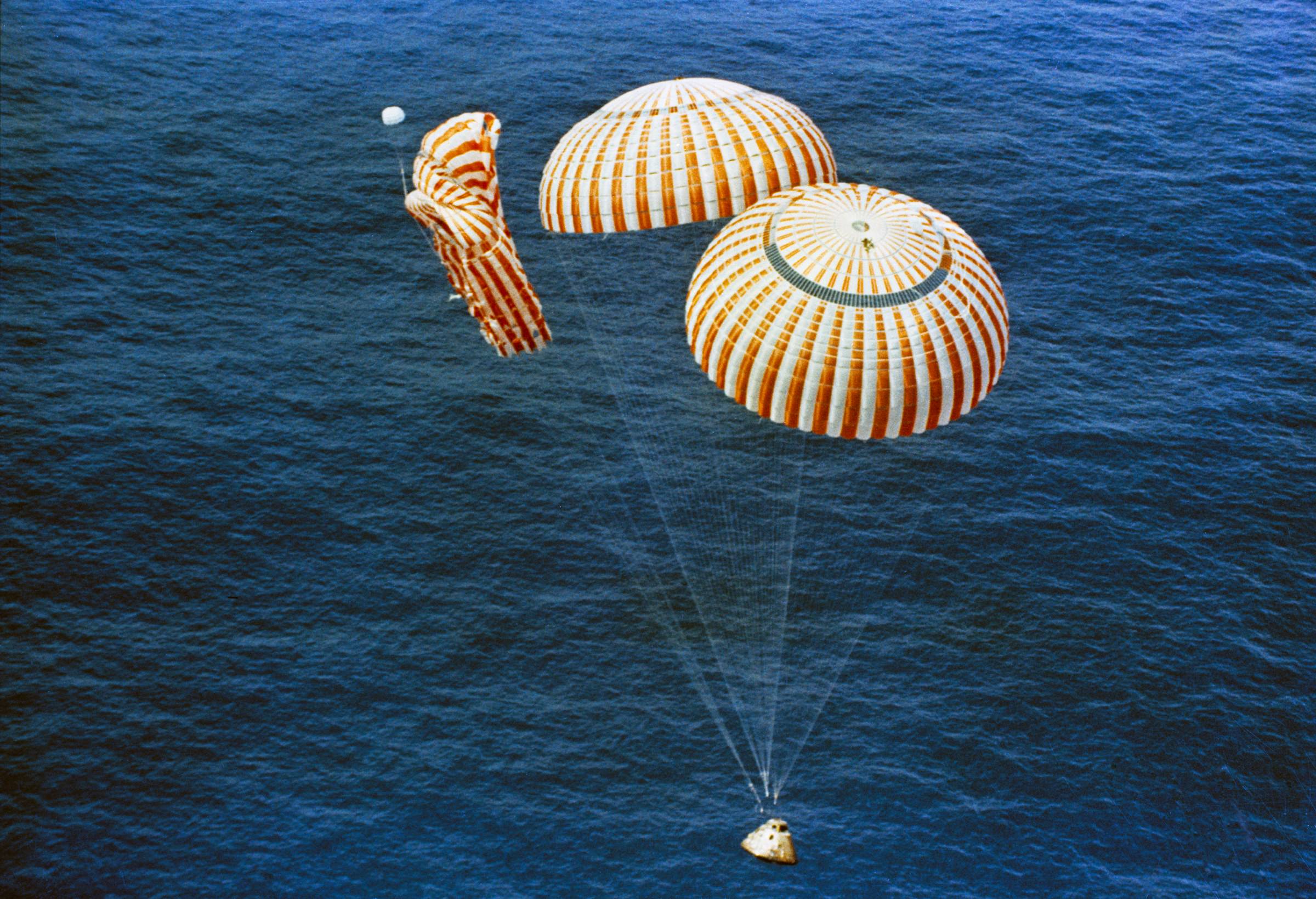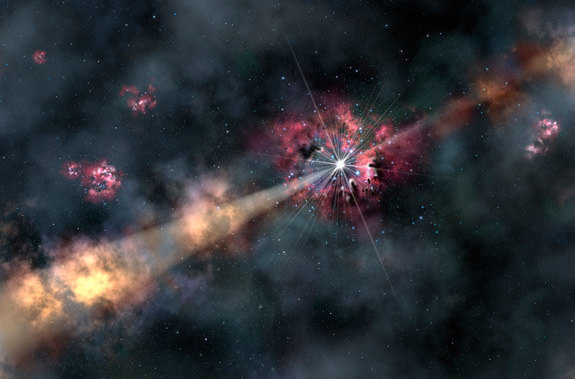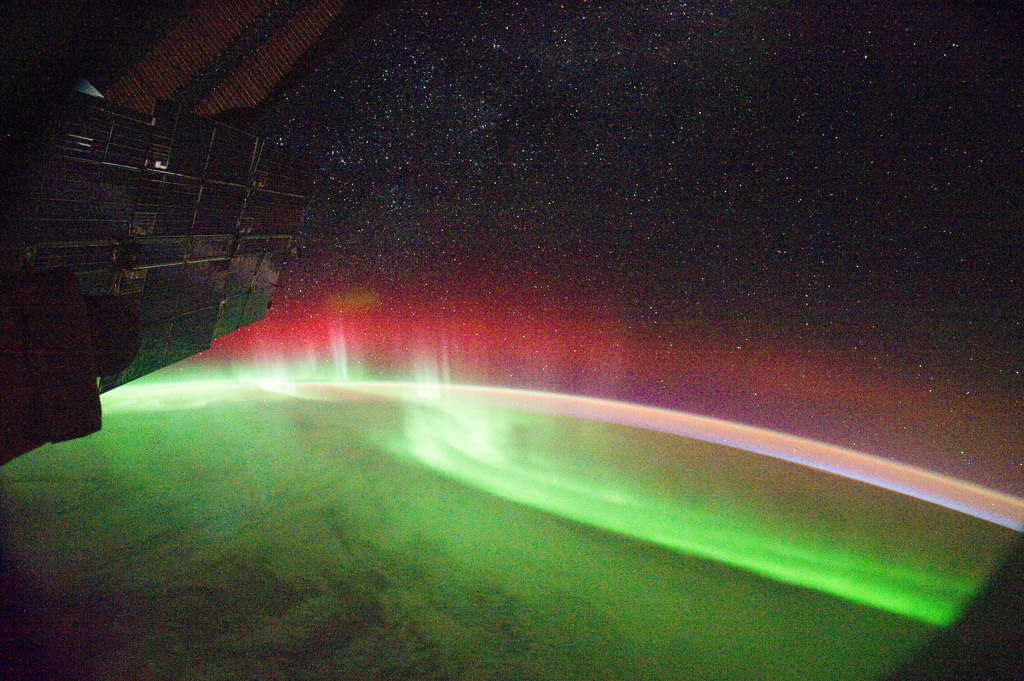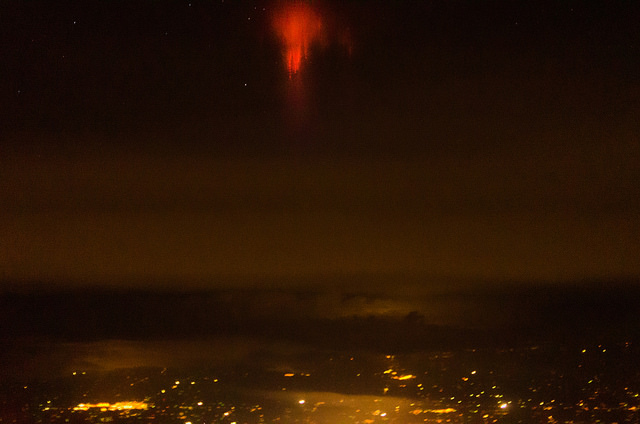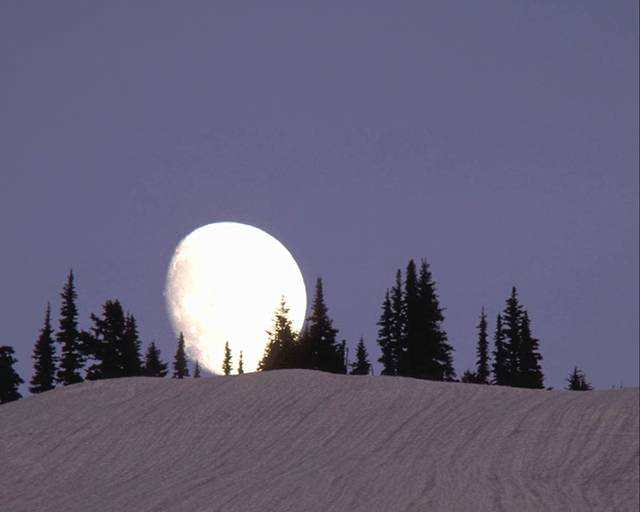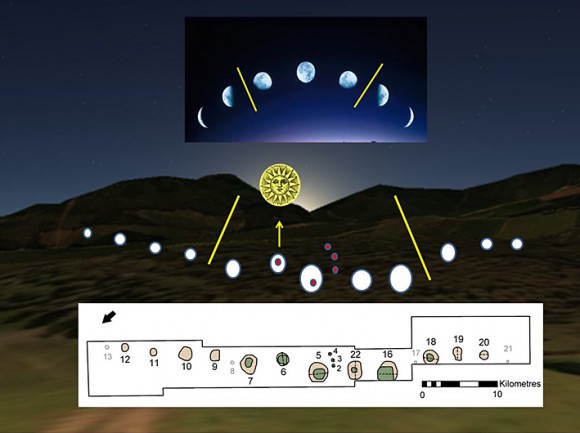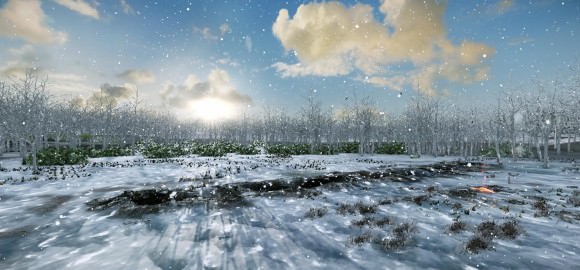The first in a cycle of challenging occultations of the bright star Spica for northern hemisphere observers begins this coming Monday on August 12th.
Watching a bright star or planet wink out on the dark limb of the Moon can be an amazing event to witness. It’s an abrupt “now you see it, now you don’t” event in a universe which often seems to move at an otherwise glacial pace. And if the event grazes the limb of the Moon, an observer may see a series of winks as the starlight streams through the lunar valleys.
Close companion stars have been discovered during occultations, and astronomers even used a series of occultations of radio source 3C 273 in 1962 to pin down the position of the first quasar.
An occultation occurs when one object passes in front of another as seen from the observer’s vantage point. The term has its hoary roots back in a time when astronomy was intertwined with its pseudoscience ancestor of astrology. Even today, I still get funny looks from non-astronomy friends when I use the term occultation, as if it just confirms their suspicions of the arcane arts that astronomers really practice in secret.
But back to reality-based science. At an apparent magnitude of +1.1, Spica is the 3rd brightest star that the Moon can occult along its five degree path above and below the plane of the ecliptic. It’s also one of only four stars brighter than +1.4 magnitude on the Moon’s path. The others are Antares (magnitude +1.0), Regulus (magnitude +1.4), and Aldebaran (magnitude +0.8). All of these are bright enough to be visible on the lunar limb through binoculars or a telescope in the daytime if conditions are favorable.
It’s interesting to note that this situation also changes over time due to the precession of the equinoxes. For example, the bright star Pollux was last occulted by the Moon in 117 BC, but cannot be covered by the Moon in our current epoch.
Spica is currently in the midst of a cycle of 21 occultations by our Moon. This cycle started in July 25th, 2012 and will end in January 2014.
Spica is a B1 III-IV type star 10 times the mass of the Sun. At 260 light years distant, Spica is one of the closest candidates to the Earth along with Betelgeuse to go supernova. Now, THAT would make for an interesting occultation! Both are safely out of the ~100 light year distant “kill zone”.
What follows are the circumstances for the next four occultations of Spica by the Moon. The times are given for closest geocentric conjunction of the two objects. Actual times of disappearance and reappearance will vary depending on the observer’s location. Links are provided for each event which include more info.
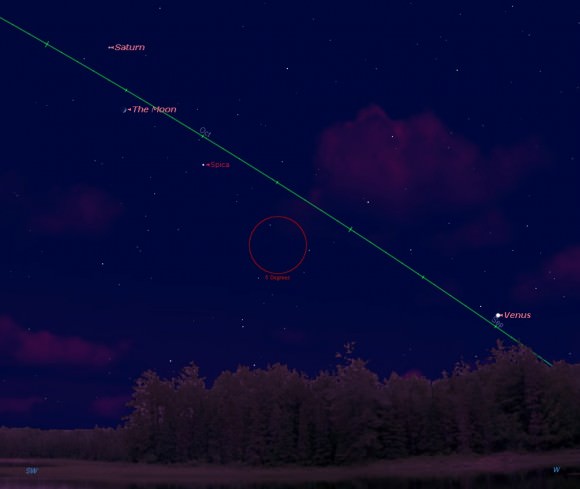
First up is the August 12th occultation of Spica, which favors Central Asia and the Asian Far East. This will occur late in the afternoon sky around 09:00 UT and prior to sunset. The waxing crescent Moon will be six days past New phase. North American observers will see the Moon paired five degrees from Spica with Saturn to the upper left on the evening of August 12th.
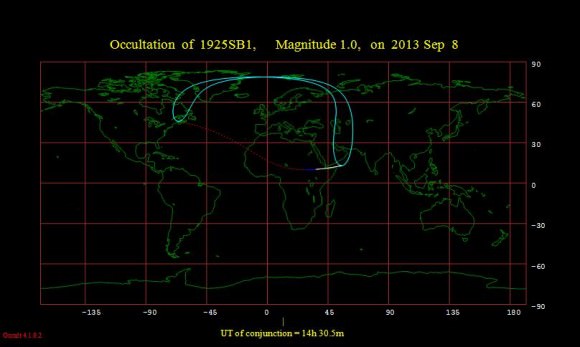
Next is the September 8th daytime occultation of Spica for Europe, the Middle East and northern Africa around ~15UT. This will be a challenge, as the Moon will be a waxing crescent at only 3 days past New. Observers in the Middle East will have the best shot at this event, as the occultation occurs at dusk and before moonset. Note that the Moon also occults Venus six hours later for Argentina and Chile.
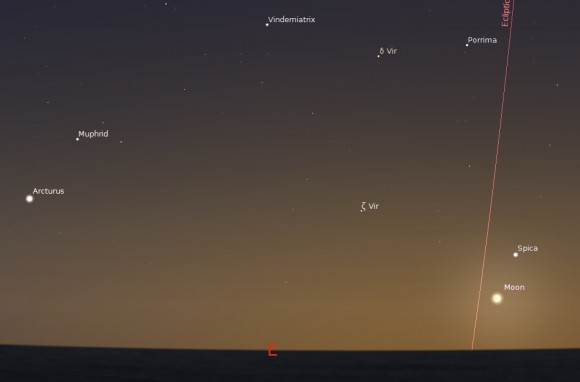
After taking a break in October (the occultation of October 5 occurs only 23 hours after New and is unobservable), the Moon again occults Spica on November 2nd for observers across Europe & Central Asia. This will be a difficult one, as the Moon will be only 20 hours from New and a hybrid solar eclipse that will cross the Atlantic and central Africa. It may be possible to lock on to the Moon and track it up into the daylight, just be sure to physically block the rising Sun behind a building or hill!
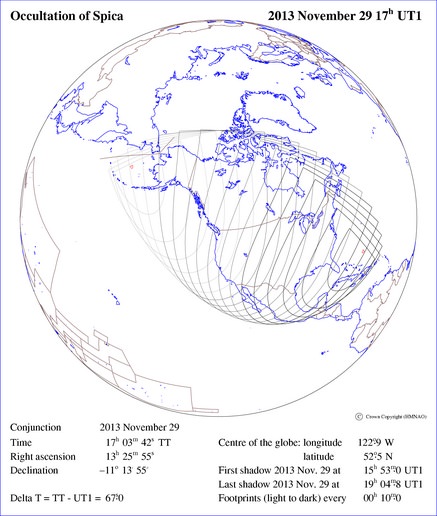
Finally, the Moon will occult Spica for North American observers on November 29th centered on 17:03 UT. This will place the event low in the nighttime sky for Alaskan observers. It’ll be a bit more of a challenge for Canadian and U.S. observers in the lower 48, as the Moon & Spica will be sandwiched between the Sun and the western horizon in the mid-day sky. As an added treat, comet C/2012 S1 ISON will reach perihelion on November 28th, just 20 hours prior and will be reaching peak brilliance very near the Sun.
And as an added bonus, the Moon will be occulting the +2.8 star Alpha Librae (Zubenelgenubi) on August 13th for central South America.
All of these events are challenges, to be sure. Viewers worldwide will still catch a close night time pairing of the Moon and Spica on each pass. We’ve watched the daytime Moon occult Aldebaran with binoculars while stationed in Alaska back in the late 1990’s, and can attest that such a feat of visual athletics is indeed possible.
And speaking of which, the next bright star due for a series of occultations by the Moon is Aldebaran starting in 2015. After 2014, Spica won’t be occulted by the Moon again until 2024.
But wait, there’s more- the total eclipse of the Moon occurring on April 15th 2014 occurs just 1.5 degrees from Spica, favoring North America. This is the next good lunar eclipse for North American observers, and one of the best “Moon-star-eclipse” conjunctions for this century. Hey, at least it’ll give U.S. observers something besides Tax Day to look forward to in mid-April. More to come in 2014!

